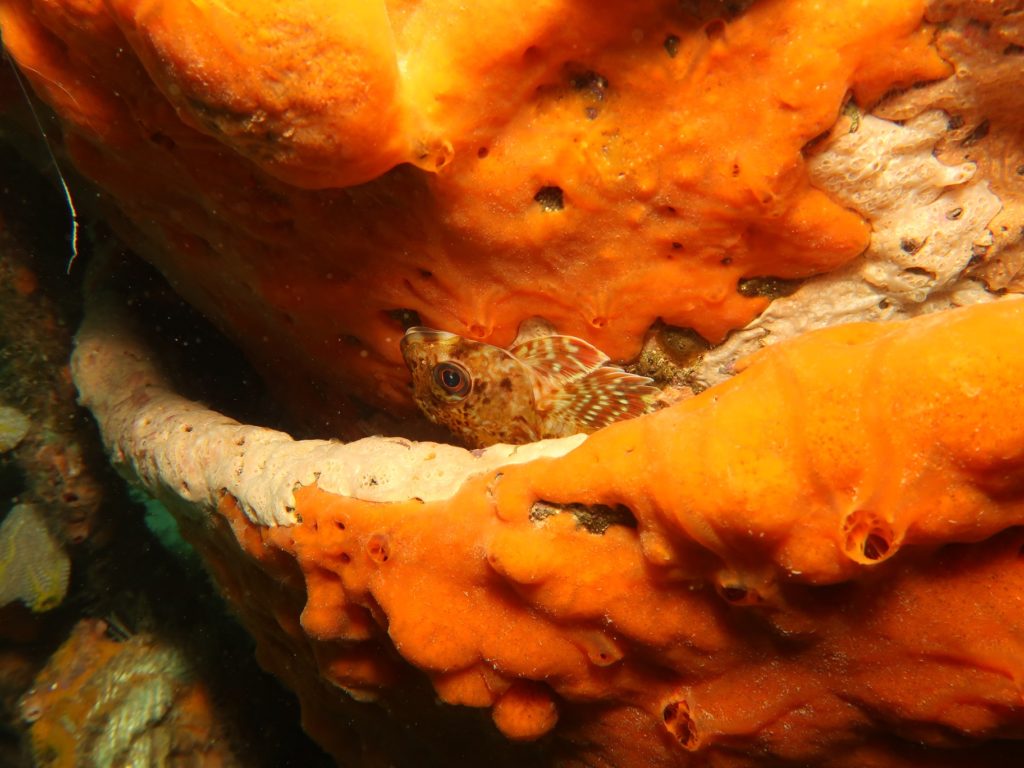Port Phillip Bay is a fickle beast. Gale-force winds one day, huge swells the next, with the added challenge of the unpredictable Rip wreaking havoc with visibility and keeping even the most knowledgeable of local sea-folk scratching their heads at the tide and moon charts! (But deep down we love the challenge… right?!)
For the 11th year, a small, but hardy, RLS team made the trip to Port Phillip Heads in Victoria to re-survey our long-term monitoring sites around the Bay. The team consisted of Victorian locals: Dan Ierodiaconou, Paul Tinkler and Sam Wines, plus Toni Cooper from RLS HQ in Tassie.
While the weather didn’t play to our favour, we got creative and took the opportunity to sneak in a few shore dives and tick off some of the more protected sites further up in the Bay around Indented Head and Blairgowrie - some of which hadn’t been re-surveyed for a few years and proved a hit for the cryptic enthusiasts with lots of Nesogobius species, various weedfish species and tiny juvenile invertebrates such as Tosia australis smaller than your thumbnail!

At the end of 4 and a half days of solid diving we managed 14 sites, 10 of which were core, long-term Marine Park sites. The data from these will feed directly into Parks Victoria’s long-term data set and contribute to ongoing marine park management.
Overall, 50 species of fish, 24 cryptic fish species and 50 species of mobile macro invertebrates were recorded across the 46 surveys. Interestingly, for the first time in 5 years, the team consistently saw more mobile macroinvertebrates this year (on average 6.5 species per site, up from 4.0-4.5 species over the previous 5 years). Some notable finds included the Warty Prowfish (Aetapcus maculatus) at Lonsdale Kelp Inner, some huge and overly-friendly smooth rays (Bathytoshia brevicaudata) at Blairgowrie Pier and a swarm of globe fish (Diodon nicthemerus) at South Channel Fort.

These surveys form part of the current “Beneath the Bay” project which is funded by the Port Phillip Bay Fund (DELWP – Department of Environment, Land, Water and Planning). To date, the project has resulted in data from 147 surveys across 56 sites*. The Reef Life Survey Foundation would like to thank the Port Phillip Bay Fund and DELWP for their financial support of this survey weekend, as well as Deakin University for providing a large amount of in-kind support and Parks Victoria for their ongoing collaboration.
(*A small portion of these sites have been re-surveyed over years to contribute to the long-term dataset)










